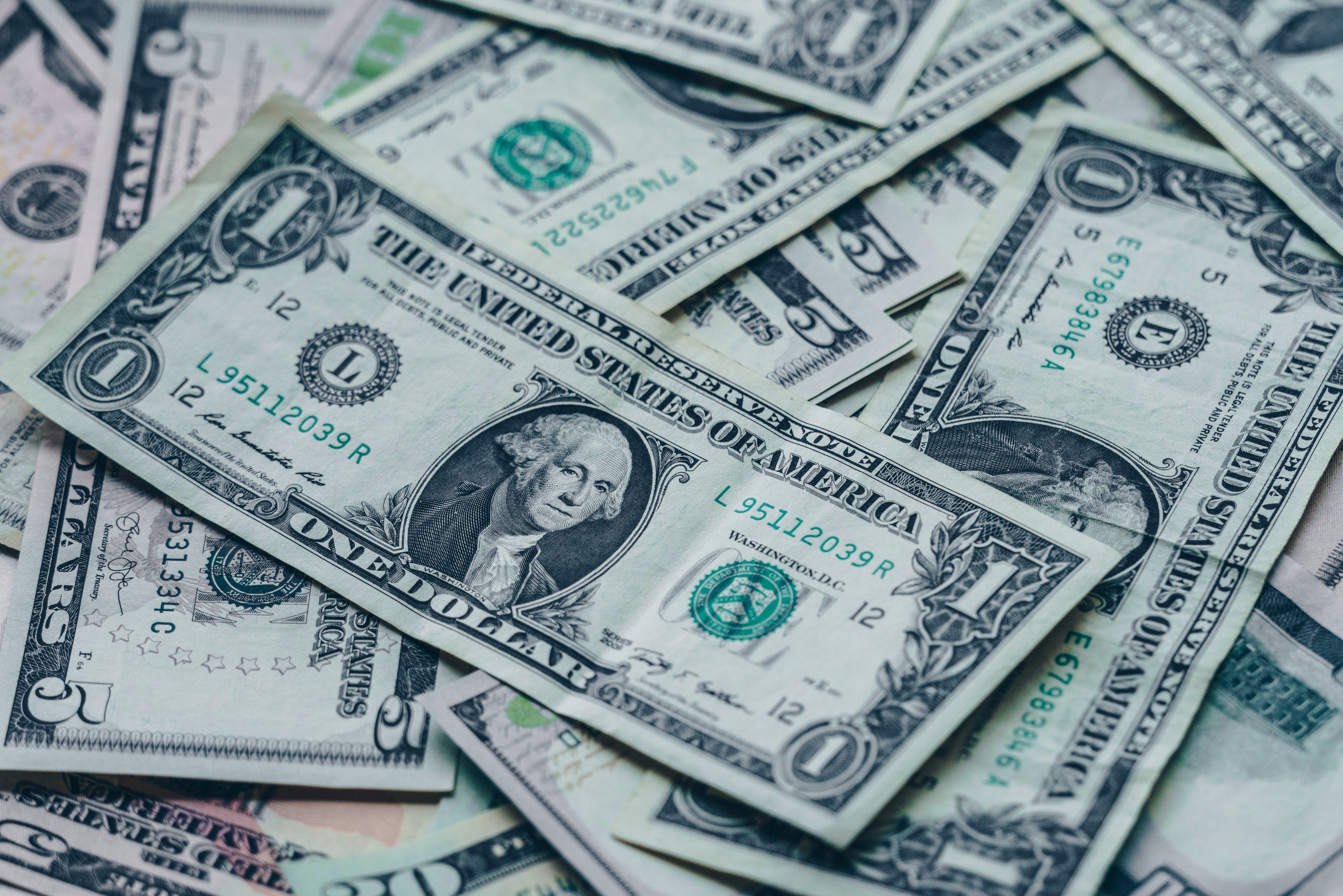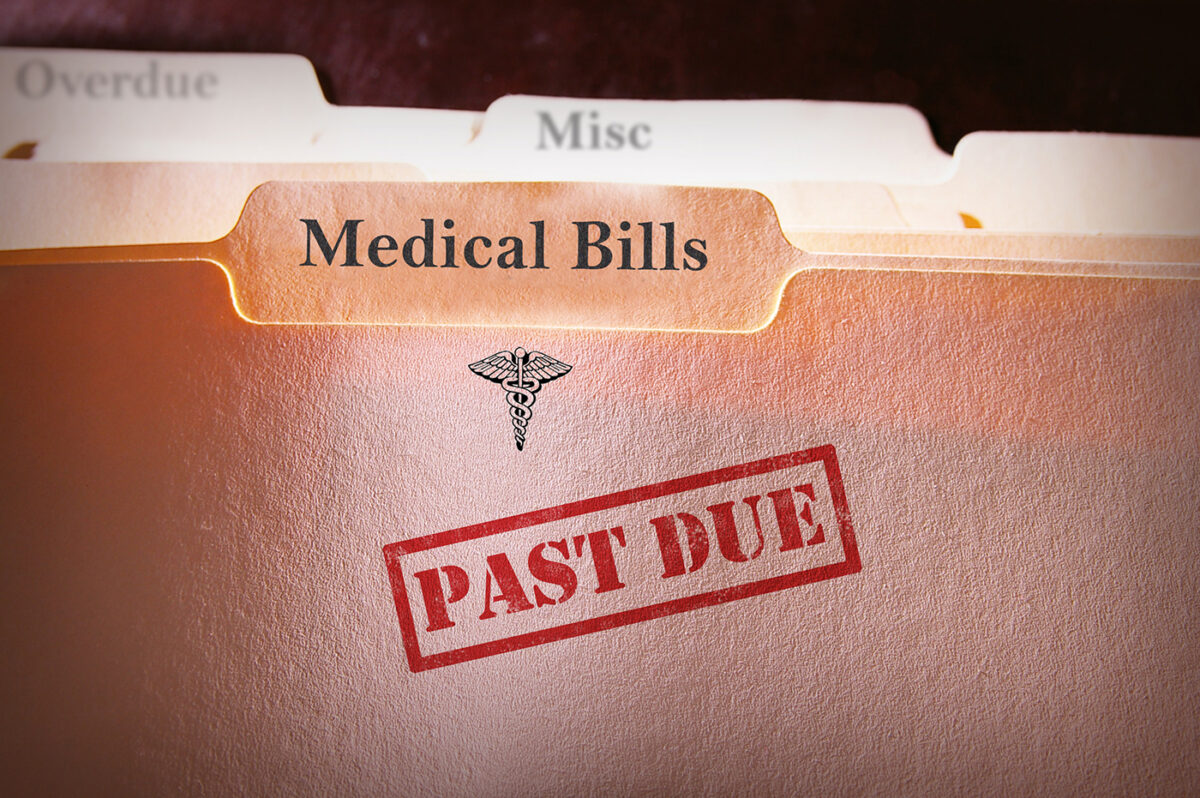Some $116 million may soon be available through a Section 1115 demonstration waiver under the Social Security Act to support Arkansas healthcare providers and vulnerable populations during the COVID-19 pandemic.
Arkansas Medicaid officials submitted a request for the waiver on March 26, along with a request for a separate Section 1135 emergency waiver that we discussed in a previous post.
Section 1115 authority is customarily available to the U.S. Department of Health and Human Services secretary to allow states to innovate and experiment with programmatic changes, while additional authority under Section 1135 is available only during a declared emergency. On April 9, state officials indicated that some of the requested changes in the proposed Section 1115 waiver may be shifted to a “disaster” state plan amendment. The state Medicaid plan generally describes eligibility requirements, available benefits, and provider payments.
Titled the Arkansas COVID-19 Care Continuity Initiative, the waiver request seeks unprecedented regulatory flexibility for the state Medicaid program and targets support to ensure adequate provider capacity and care continuity and protect vulnerable populations. Highlights of the proposal include:
- Making funds available for hospitals with 65 or fewer beds and physician clinics that serve Medicaid enrollees for environmental modifications or workforce support and training, including:
- Adding or enhancing telehealth services
- Providing drive-through screening and testing for COVID-19
- Reconfiguring patient intake areas or other areas in the facility to enable appropriate social distancing
- Improving emergency operations
- Purchasing or leasing special equipment
- Expanding cleaning and sanitation beyond minimum requirements
- Extending hours or days of operation
- Changing the facility’s short-term business model to respond to COVID-19-specific needs
- Maintaining and training staff
- Making additional payments of $250 to non-physician staff members in long-term care services and supports (LTSS) facilities not caring for COVID-19 patients and $500 in facilities caring for COVID-19 patients during the emergency period, to ensure workforce capacity
- Making additional payments to foster care families of Medicaid-eligible children of $500 per month during the emergency, to incentivize continued foster care service
- Making a one-time payment for qualifying expenditures for nursing facilities experiencing a cluster of COVID-19 infections
- Grant support for independent providers to obtain telemedicine equipment and training and for non-emergency medical transportation providers to expand their scope of services, including home delivery of medications, groceries, meals, and hygiene supplies
- Making payment to providers for COVID-19 screening and testing (but not treatment) of uninsured individuals and qualified Medicare beneficiaries who get assistance from Medicaid for Medicare premiums and cost-sharing
- Providing temporary housing to Medicaid-eligible individuals who are homeless and have tested positive for COVID-19, with matching funds provided by local governments
In a March 22 letter to state Medicaid directors, CMS indicated that procedural processes normally required of states for Section 1115 waiver demonstration applications would not apply due to the time-limited waiver authority (no more than 60 days after the end of the declared emergency) and unprecedented emergency circumstances associated with the COVID-19 pandemic. Normal procedures not applicable for COVID-19 waivers under Section 1115 include requirements for public notice and comment, a scientifically rigorous waiver evaluation, budget neutrality calculations and justification, and limitations on costs not otherwise allowable, such as costs associated with uninsured COVID-19 patients.






